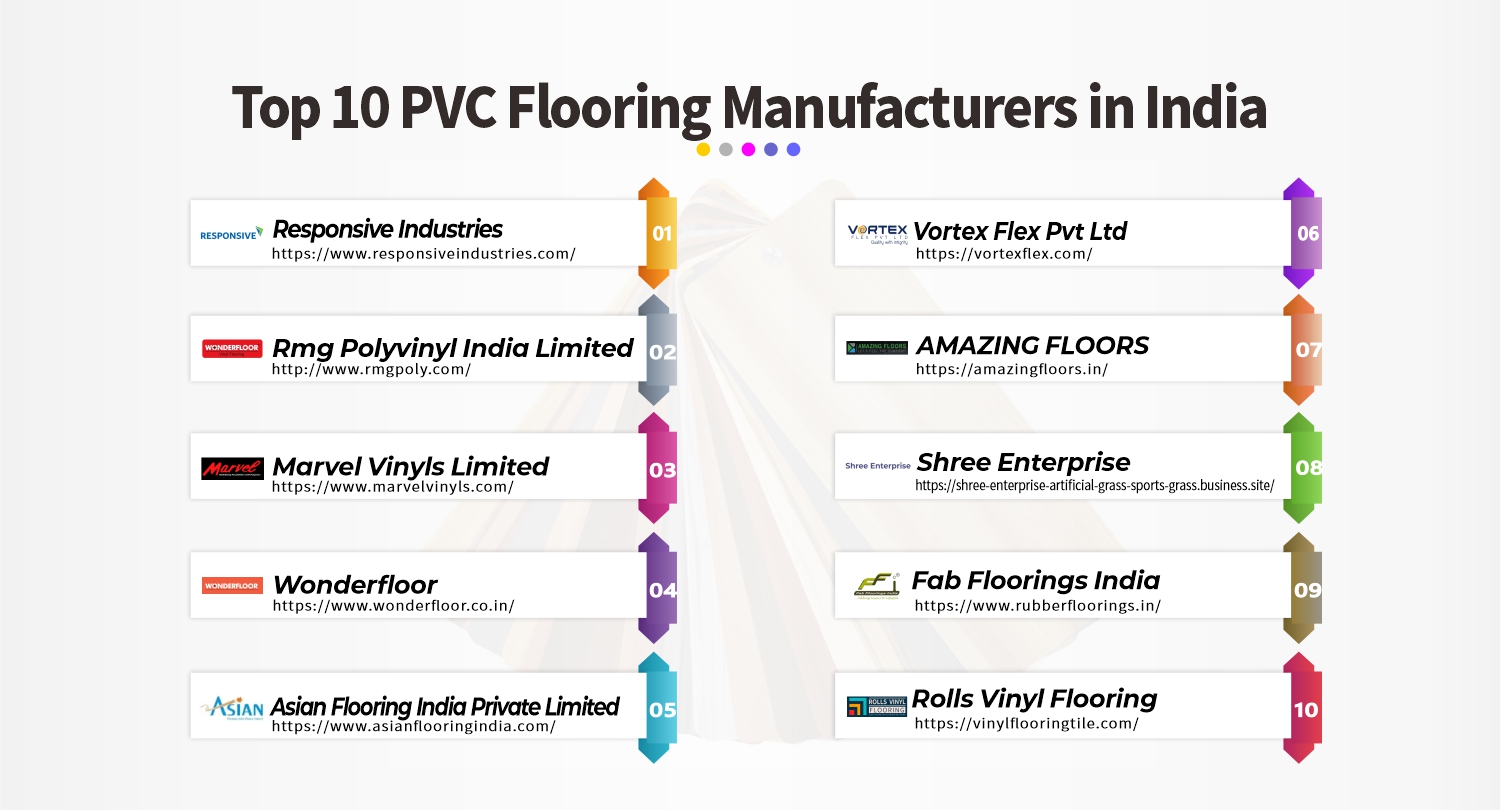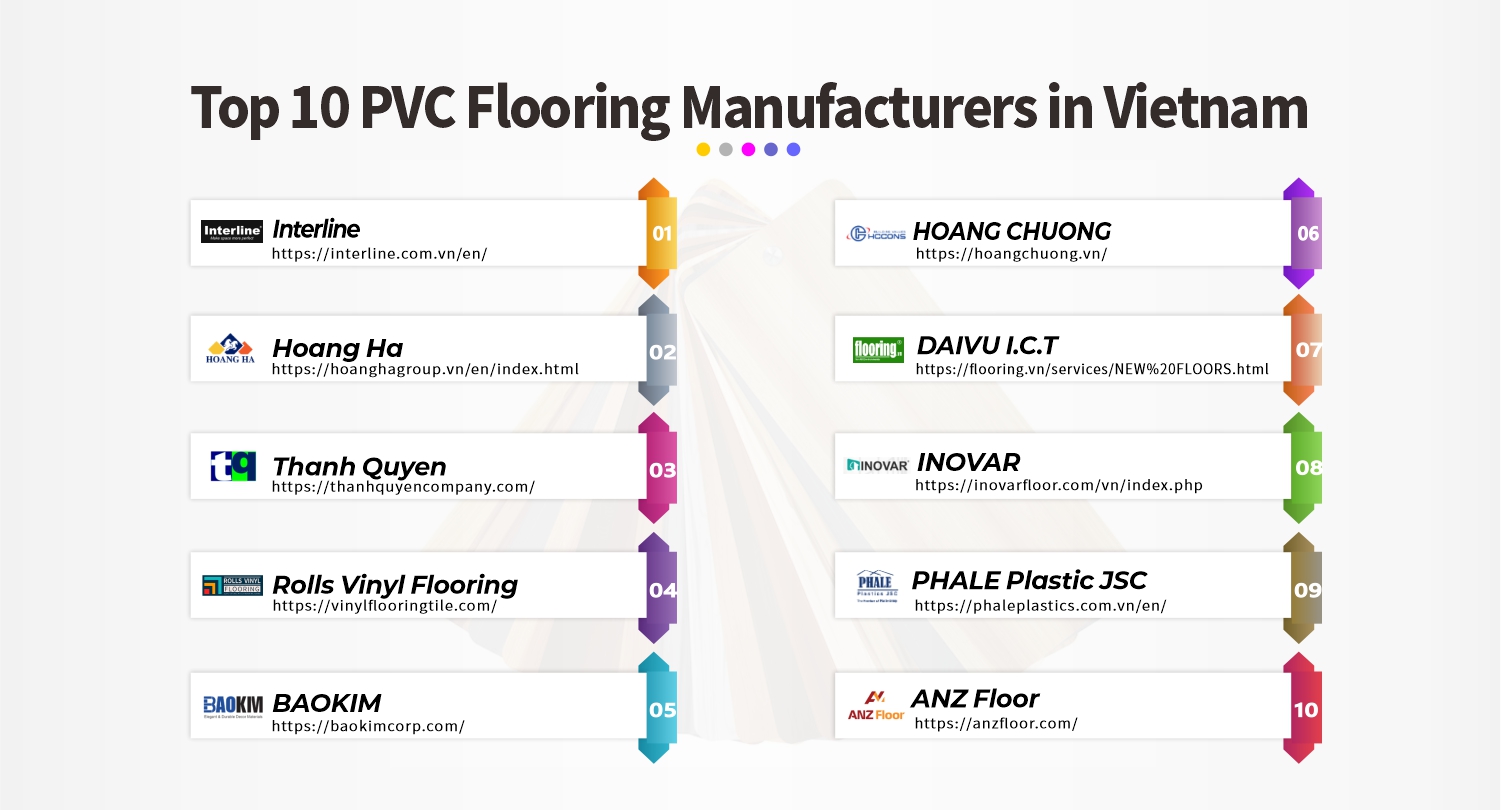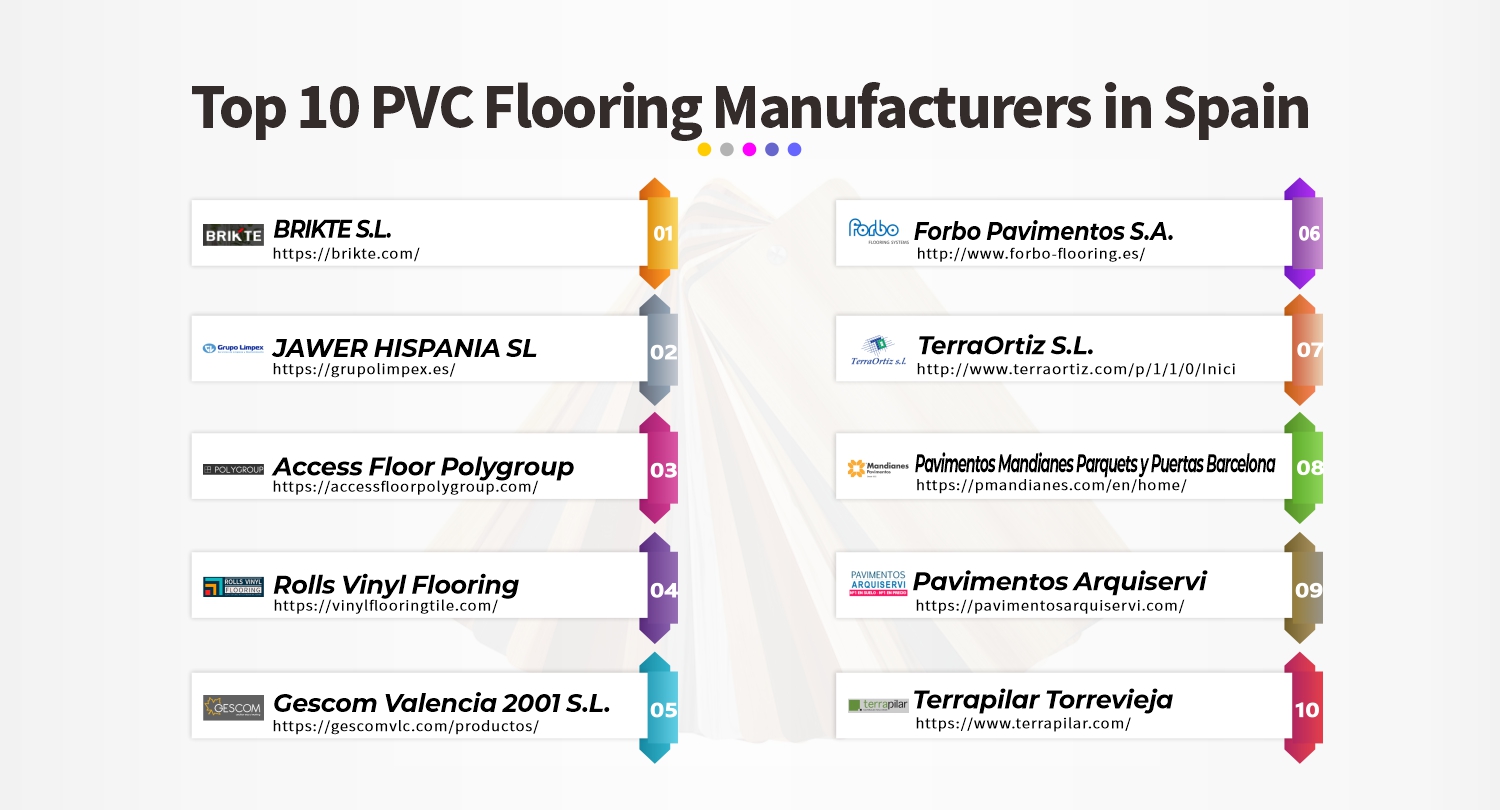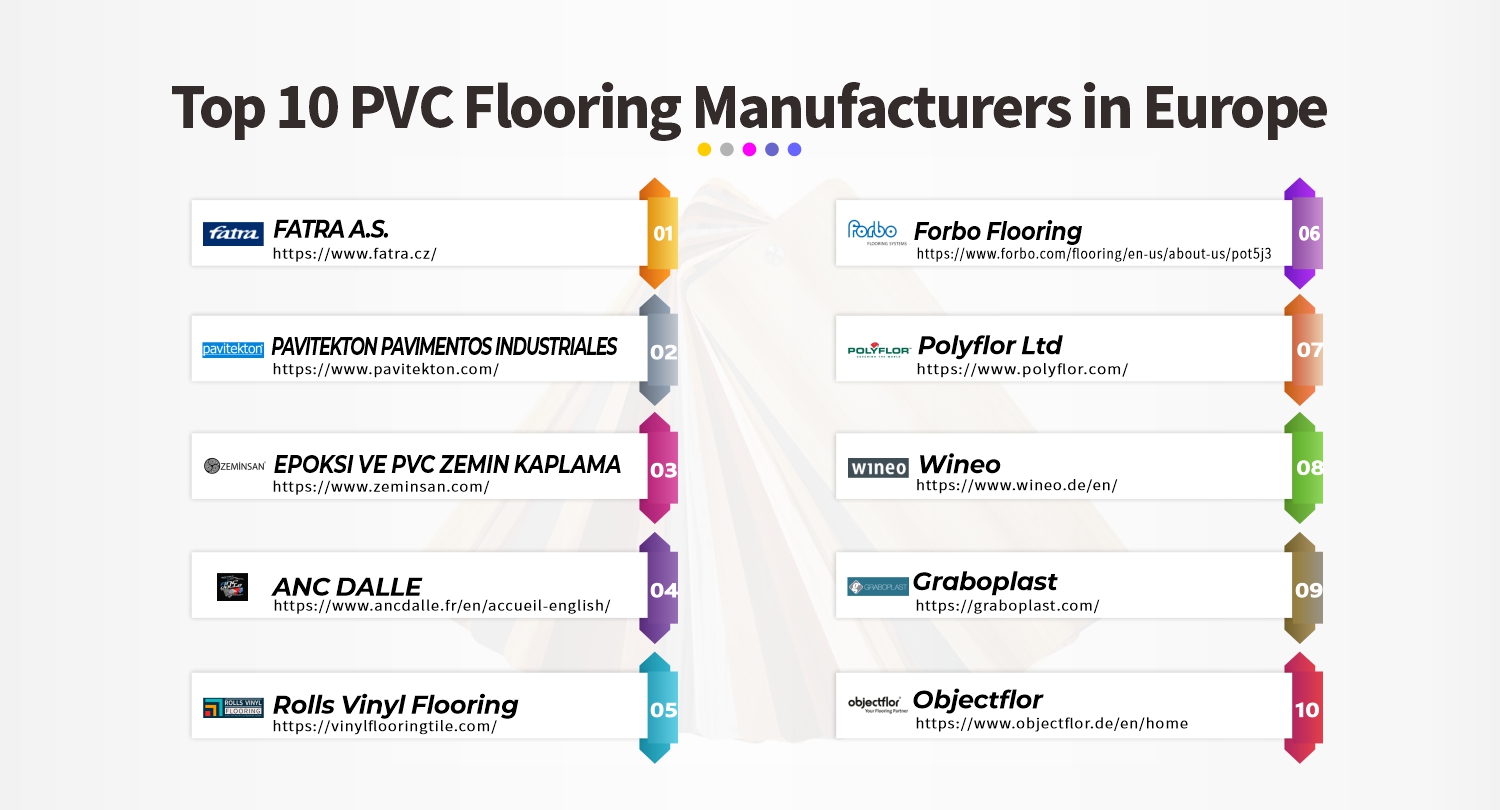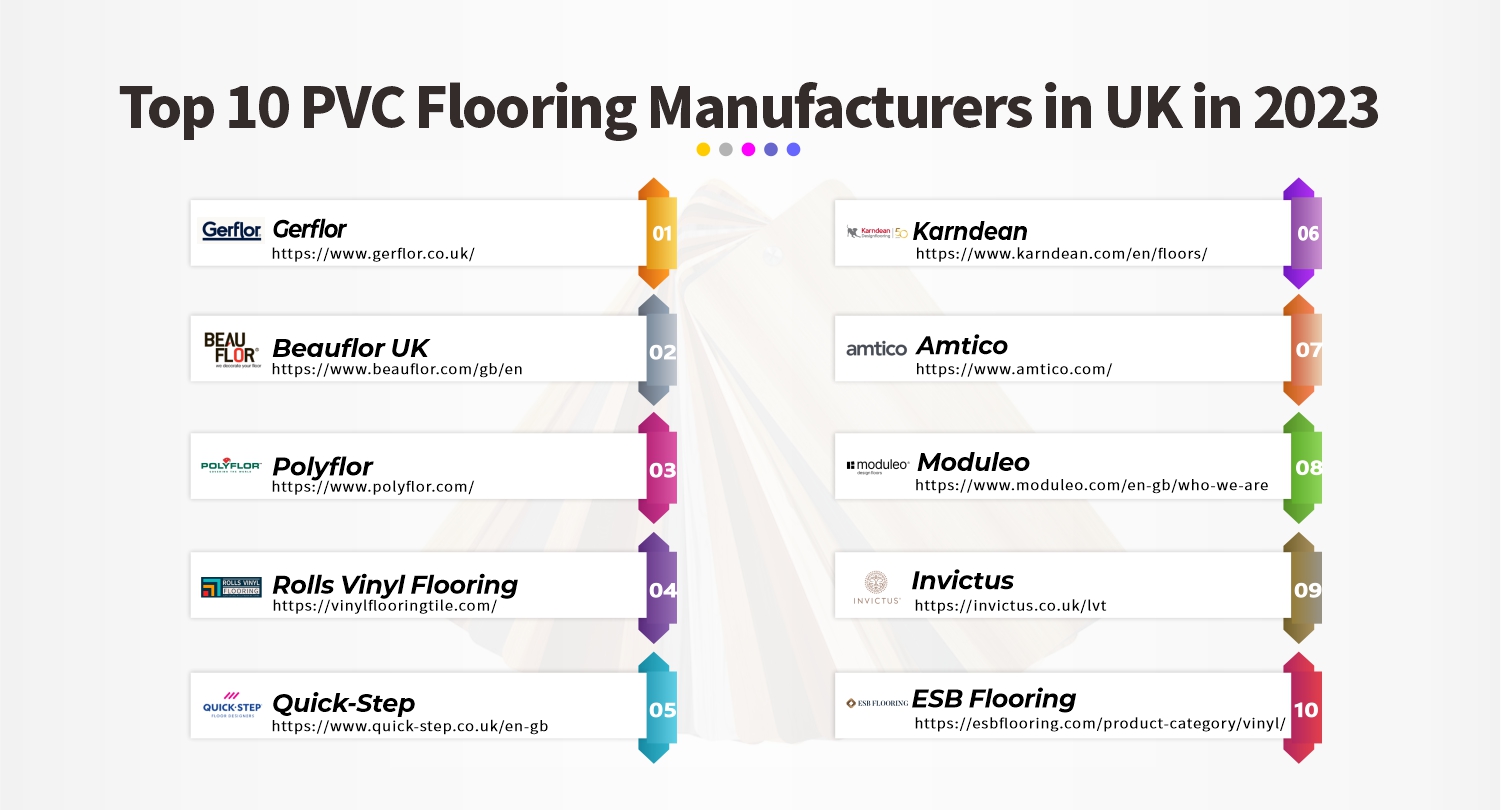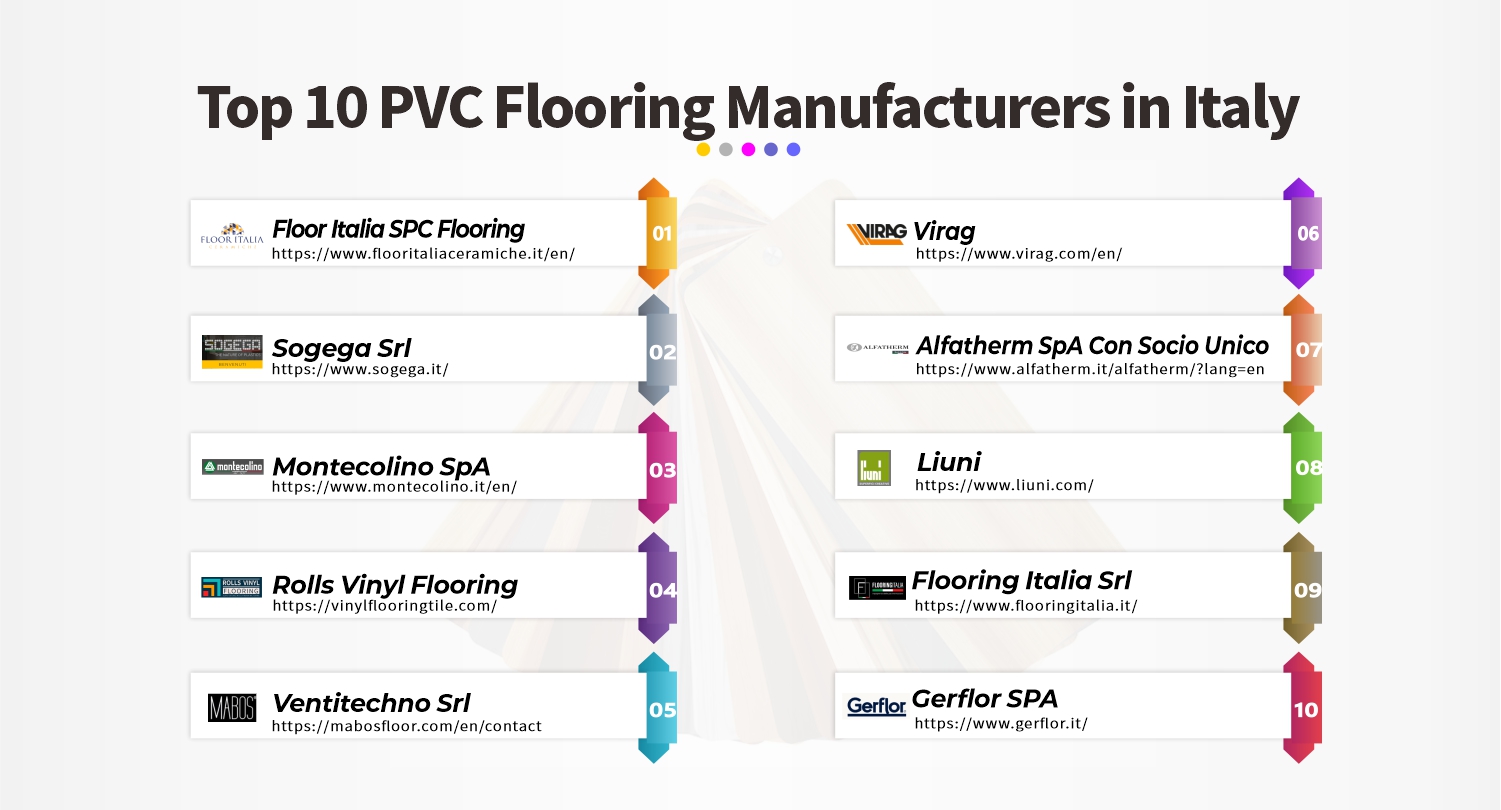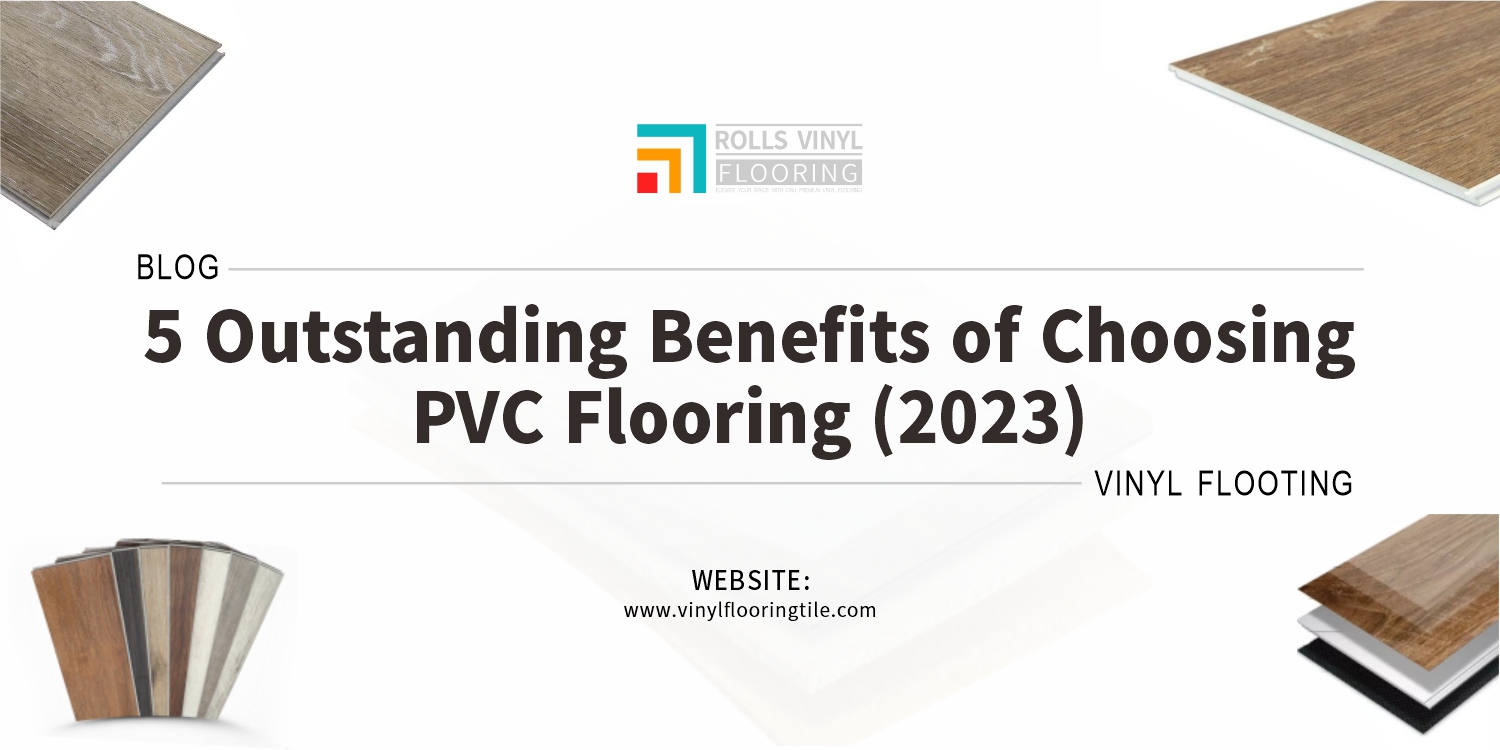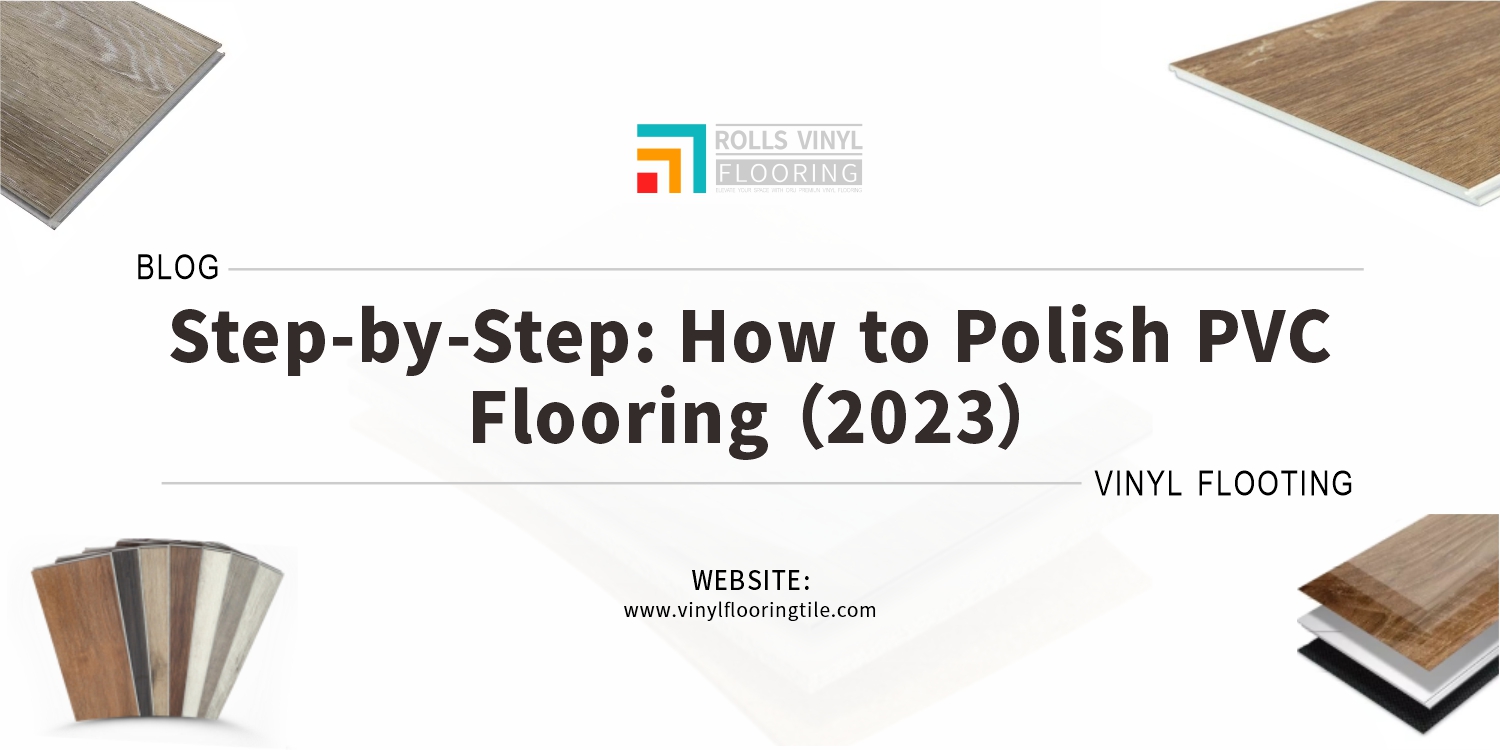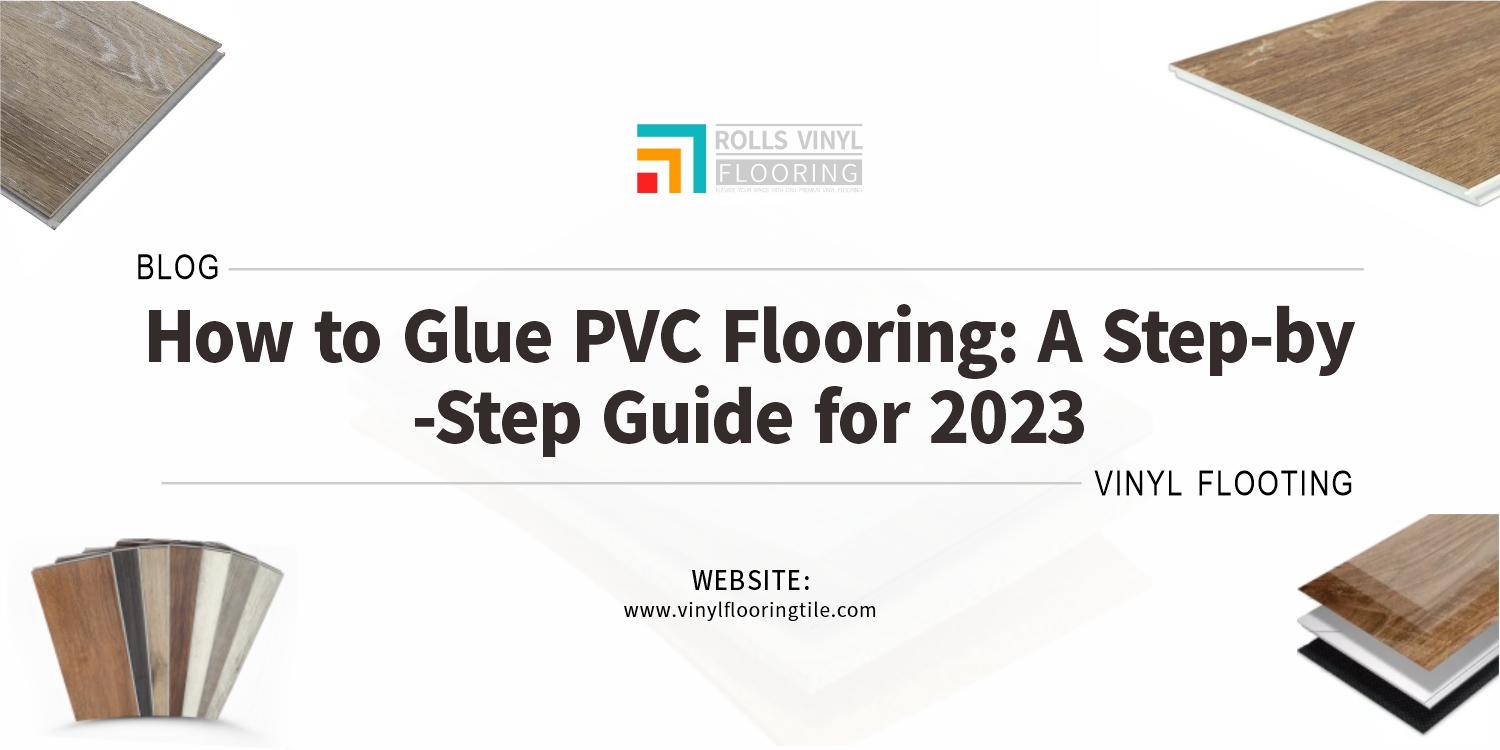Are you looking for the perfect flooring to complete your living room? Look no further than luxury vinyl tile (LVT) flooring – it is the perfect way to elevate your space with long-lasting beauty and durability. In this ultimate guide, we’ll provide you with all the information you need to make an informed decision about LVT flooring for your living room.
LVT flooring is a great choice for your living room as it offers a durable, low-maintenance surface that can withstand wear and tear. Its vinyl construction is waterproof and scratch-resistant, making it ideal for high-traffic areas. It has a variety of colors, styles, and designs available.
Know about the consideration when choosing LVT flooring for the living room to choose the right type for you. Learn about the preparation and installation of this flooring including the finishing touches, maintenance, and the decorations you can contribute to your living room.
1. Definition of LVT Flooring
LVT stands for “Luxury Vinyl Tile”, which is a type of vinyl flooring that is designed to mimic the look of natural materials such as wood or stone. It is a multi-layered flooring product that is made up of several layers, including a backing layer, a printed design layer, a wear layer, and a protective top layer.

2. Considerations when choosing LVT flooring for the living room
When choosing LVT flooring for your living room, there are several considerations to keep in mind. Here are some things to consider:
Style: Consider the style of your living room and choose LVT flooring that complements the overall aesthetic. LVT flooring comes in a wide variety of styles and colors, from wood-look planks to stone-look tiles, so you can find a style that suits your taste.
Durability: Since the living room is a high-traffic area, you’ll want to choose LVT flooring that is durable and can stand up to wear and tear. Look for a product with a thick wear layer that will resist scratches and scuffs.
Comfort: If you plan to spend a lot of time in your living room, consider LVT flooring that is soft and comfortable underfoot. Some LVT products have a cork or foam backing that provides extra cushioning and sound absorption.
Maintenance: LVT flooring is generally easy to maintain, but some products may require more upkeep than others. Consider how much time and effort you’re willing to put into cleaning and maintaining your flooring, and choose a product that fits your needs.
Installation: LVT flooring can be installed as a floating floor or a glued-down floor. Consider the installation method that will work best for your living room and choose a product that is designed for that installation method.
3. Choosing the right type of LVT flooring
A. Assessing the living room space
- Start by measuring the living room space so you can determine how much flooring you’ll need. Measure the length and width of the room and multiply the two numbers together to get the square footage.
- If you have existing flooring in your living room, take a look at its condition. Determine if it needs to be removed or if the LVT flooring can be installed over it.
- The type of subfloor in your living room will determine the installation method for your LVT flooring. Common subfloor types include concrete, plywood, and OSB.
- Determine how much foot traffic your living room gets daily. If it’s a high-traffic area, you may want to choose a thicker wear layer to ensure durability.
B. Identifying the style and design preferences
- Look at the existing décor in your living room, including wall color, furniture, and accessories. Determine the overall style, whether it’s traditional, modern, or something in between.
- Browse home décor magazines, websites, and social media platforms to get inspiration for flooring styles and designs that would complement your living room’s overall look and feel.
- Determine the color scheme you want for your living room. Do you want a neutral look or something bold and more colorful? The color of your LVT flooring should complement the overall color scheme of your living room.
- LVT flooring comes in a variety of patterns and textures, including wood-look, stone-look, and more. Choose a pattern and texture that will enhance the overall look of your living room.
- Consider the style of your living room and choose LVT flooring that complements the décor. You can choose from a variety of styles, including wood-look, stone-look, and more.
C. Evaluating durability and maintenance needs
- Determine the level of foot traffic your living room gets daily. If it’s a high-traffic area, you may want to choose a thicker wear layer to ensure durability.
- Look for LVT flooring with a thick wear layer, which will provide more durability and resistance to wear and tear.
- Look for LVT flooring that is easy to clean and maintain. Consider options that are water-resistant and can be easily wiped clean with a damp mop.
- Choose LVT flooring that comes with a warranty, which can give you peace of mind and protect your investment in case of any defects or issues.

4. Preparing for LVT installation
A. Removing old flooring materials
Remove the baseboards and trim from around the edges of the room using a pry bar and hammer.
B. Preparing the subfloor
If you have carpet, use a carpet cutter or utility knife to cut it into manageable sections and roll them up for disposal. If you have vinyl or linoleum, use a floor scraper to remove it from the subfloor. For hardwood or laminate flooring, use a pry bar and hammer to remove the planks or boards.
If any adhesive or underlayment is remaining on the subfloor, use a floor scraper or sander to remove it. Make sure the subfloor is clean and free of any debris.
C. Acclimating the LVT flooring
Acclimating the LVT flooring involves allowing the flooring to adjust to the temperature and humidity of the room where it will be installed.
- Store the boxes of flooring in the room where it will be installed for at least 48 hours before installation. Keep the boxes stacked on top of each other and away from any direct sunlight.
- Keep the temperature and humidity levels in the room consistent with normal living conditions. The temperature should be between 65-85°F (18-29°C) and the humidity should be between 35-65%.
- During the acclimation period, open the boxes of flooring and inspect them for any defects or damage. If you find any issues, contact the manufacturer or supplier immediately.
5. Installing LVT flooring in the living room
A. Measuring and cutting the LVT planks/tiles
- Measure the length and width of the room where you will be installing the LVT flooring. Multiply the length and width to get the square footage of the room.
- Measure the length of the room and divide it by the width of the planks/tiles to determine how many planks/tiles you will need. Mark the planks/tiles with a pencil and straight edge, making sure to account for any necessary cuts around corners or obstacles.
- Use a utility knife, vinyl tile cutter, or saw to cut the planks/tiles to the correct size and shape. Be sure to wear safety glasses and follow the manufacturer’s instructions for cutting the LVT.
B. Laying the LVT flooring
Begin by laying the first row of LVT along the longest wall in the room. Use a tapping block and rubber mallet to ensure a snug fit between the planks/tiles. Make sure each piece is properly aligned with the one before it and the gap around the edges is consistent.
Continue laying the LVT in rows, making sure to stagger the joints between the planks/tiles. Use a saw or utility knife to make any necessary cuts around corners or obstacles.
C. Applying adhesive or using a click-lock installation method
Adhesive installation
This method involves applying adhesive to the subfloor and pressing the LVT tiles or planks into the adhesive. The adhesive creates a strong bond between the LVT and the subfloor, which can be ideal for high-traffic areas or areas prone to moisture.
- Apply the adhesive to the subfloor with a notched trowel, following the manufacturer’s recommendations for coverage and drying time.
- Press the LVT tiles or planks into the adhesive, making sure to align them properly and avoid trapping any air bubbles.
- Use a roller to firmly press the LVT into the adhesive and ensure a strong bond.
- Allow the adhesive to dry according to the manufacturer’s recommendations before walking on the floor or installing any trim or transition pieces.
Click-lock installation
This method involves interlocking the LVT planks or tiles together without the need for adhesive. The click-lock method can be faster and easier to install than the adhesive method, but may not be as strong or suitable for high-traffic areas or areas prone to moisture.
- Lay the first row of LVT planks or tiles along the longest wall in the room, leaving a gap of 1/4 inch from the wall for expansion.
- Interlock the planks or tiles together by inserting the tongue of one piece into the groove of the next piece at a slight angle, then pressing down until they click together.
- Install trim and transition pieces around the edges of the room to finish the installation.
6. Finishing touches and maintenance
A. Installing baseboards and trim
Start by installing the baseboard along the longest wall in the room. Use finishing nails or adhesive to attach the baseboard to the wall, making sure to nail or glue it into the wall studs for added stability. Repeat the process for each wall, making sure to properly align the pieces and fill any gaps with caulk or wood filler.
Install any necessary trim around doors, windows, or other features in the room. Use finishing nails or adhesive to attach the trim to the wall or door frame, making sure to properly align the pieces and fill any gaps with caulk or wood filler.
Once the baseboard and trim are installed, paint or stain them to match the color of your LVT flooring or other accents in the room.
B. Cleaning and maintaining LVT flooring
Regular sweeping or vacuuming is important to remove dirt, dust, and other debris that can scratch the surface of your LVT flooring. Use a soft-bristled broom or vacuum with a hard floor setting to avoid damaging the surface.
Mopping your LVT flooring with a damp mop and a gentle cleaner is recommended to remove any stubborn stains or dirt that cannot be removed with sweeping or vacuuming. Avoid using abrasive cleaners or chemicals that can damage the surface of the LVT flooring. Instead, use a gentle cleaner recommended by the manufacturer.
C. Protecting the LVT flooring from damage
Avoid dragging heavy furniture or sharp objects across your LVT flooring as this can scratch or dent the surface. Use furniture pads or felt protectors under furniture legs to prevent scratches.
Standing water can damage the surface of your LVT flooring, so it’s important to wipe up spills immediately. Use a damp cloth or mop to clean up spills, and avoid using excessive water.
Use rugs or runners in high-traffic areas to protect your LVT flooring from excessive wear and tear.
7. Decorating the living room with LVT flooring
A. Complementing the flooring with furniture and decor
Choose furniture that complements the color and style of your LVT flooring: If your LVT flooring has a neutral or natural color, consider choosing furniture with bold or bright colors to add contrast and interest. If your LVT flooring has a pattern, choose furniture with solid colors to balance the visual impact.
Incorporate elements such as woven rugs, knitted throws, or textured pillows to add depth and interest. Adding wall art and decor can bring visual interest to your space and tie together the colors and textures of your LVT flooring and furniture. Choose artwork and decor that complements the style and color of your space, and that adds depth and dimension.
B. Using rugs to accentuate the LVT flooring
When choosing a rug, it’s important to choose the right size to ensure that it complements your LVT flooring and fits the size and shape of your space. As a general rule, choose a rug that is large enough to anchor your furniture and leave enough space around the edges for the flooring to show.
- Consider a rug with a geometric or floral pattern or one with a shaggy or textured pile.
- If your LVT flooring is a neutral color, consider using a rug with a bold or bright color to create contrast and add interest to your space.
- Consider using a rug under your dining table or in your living room seating area to define the space and create a cohesive look.
- Try layering a small rug on top of a larger one, or layering a rug on top of your LVT flooring to create a cozy and inviting look.
C. Adding lighting to highlight the LVT flooring
Lighting is an important aspect of interior design and can help highlight the beauty of your LVT flooring and furniture. Use a mix of overhead lighting and lamps to create a warm and inviting ambiance in your space.

With so many colors, styles, and textures to choose from, the possibilities are endless. Durable, easy to clean and maintain, and cost-effective, LVT flooring is a great choice for any living room. With its modern, contemporary look, LVT flooring can make a living room look stylish and inviting. The perfect choice for any living room, LVT flooring is the smart choice.


